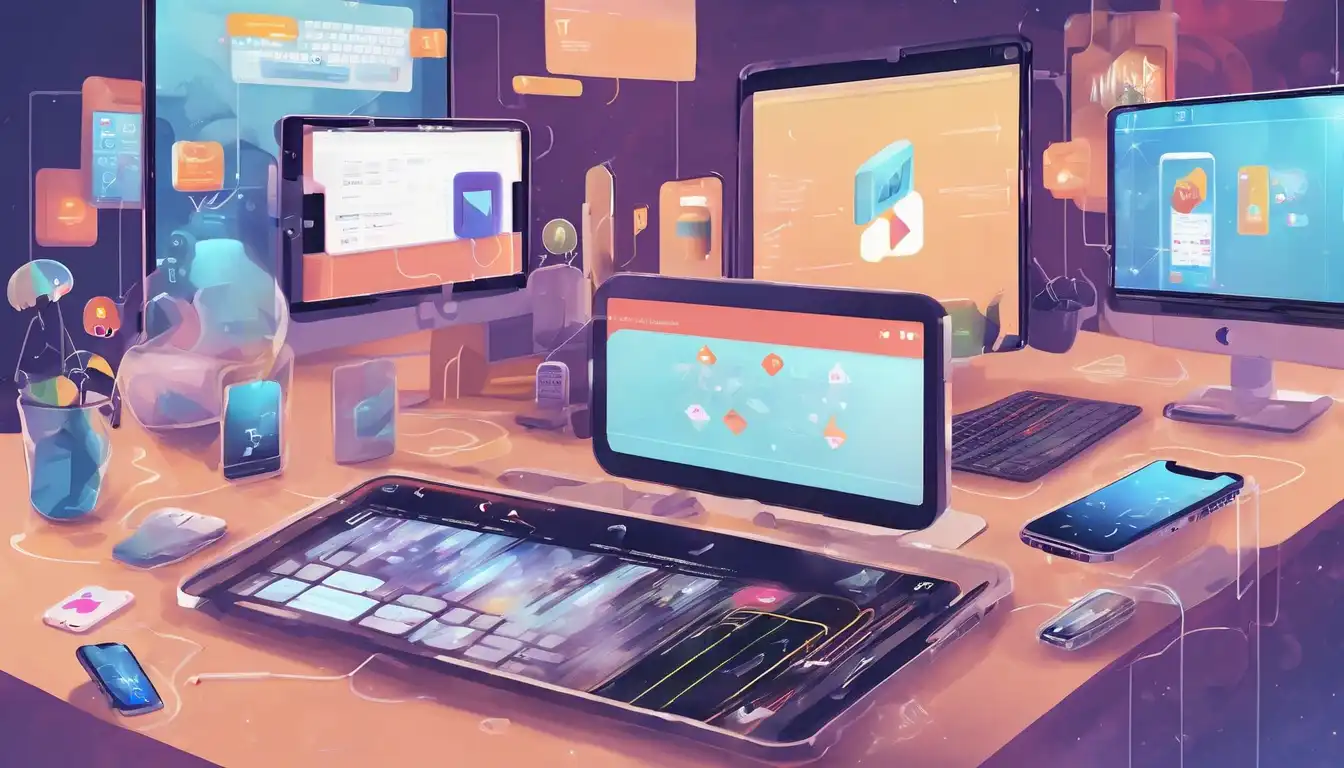Introduction to Flutter and Its Impact on Mobile Development
Flutter, Google's open-source UI software development kit, has revolutionized the way developers create mobile applications. With its ability to craft natively compiled applications for mobile, web, and desktop from a single codebase, Flutter is setting the stage for the future of mobile development. This article delves into how Flutter is shaping the next era of mobile app creation, offering insights into its benefits, challenges, and what lies ahead.
Why Flutter Stands Out in Mobile Development
Flutter's unique approach to mobile development offers several advantages over traditional methods. Its widget-based architecture allows for the creation of highly customizable and responsive UIs. Moreover, Flutter's hot reload feature enables developers to see changes in real-time, significantly speeding up the development process. These features, combined with Flutter's growing community and extensive documentation, make it an attractive option for developers and businesses alike.
Challenges and Considerations
Despite its many benefits, Flutter is not without its challenges. One of the primary concerns is the size of the apps developed with Flutter, which can be larger than those developed natively. Additionally, while Flutter's ecosystem is growing, it still lacks some of the third-party libraries and tools available for more established platforms. However, the Flutter team is actively working on these issues, with regular updates that improve performance and expand functionality.
The Future of Flutter in Mobile Development
The future of Flutter looks promising, with Google and the broader development community investing heavily in its growth. Upcoming features, such as improved web support and desktop application development, are expected to further solidify Flutter's position in the market. Furthermore, as more companies adopt Flutter for their mobile development needs, we can anticipate a surge in high-quality, cross-platform applications.
How to Get Started with Flutter
For those interested in exploring Flutter, getting started is straightforward. The official Flutter website offers comprehensive guides and tutorials for beginners. Additionally, the vibrant Flutter community provides a wealth of resources, including forums, blogs, and open-source projects. By leveraging these resources, developers can quickly get up to speed with Flutter and begin building their own cross-platform applications.
Conclusion
Flutter is undeniably shaping the future of mobile development. Its ability to streamline the development process, coupled with the promise of a unified codebase for multiple platforms, makes it a compelling choice for developers and businesses. While challenges remain, the ongoing improvements and strong community support suggest that Flutter will continue to grow in popularity and capability. As we look ahead, Flutter's role in mobile development is only set to increase, offering exciting opportunities for innovation and creativity.
